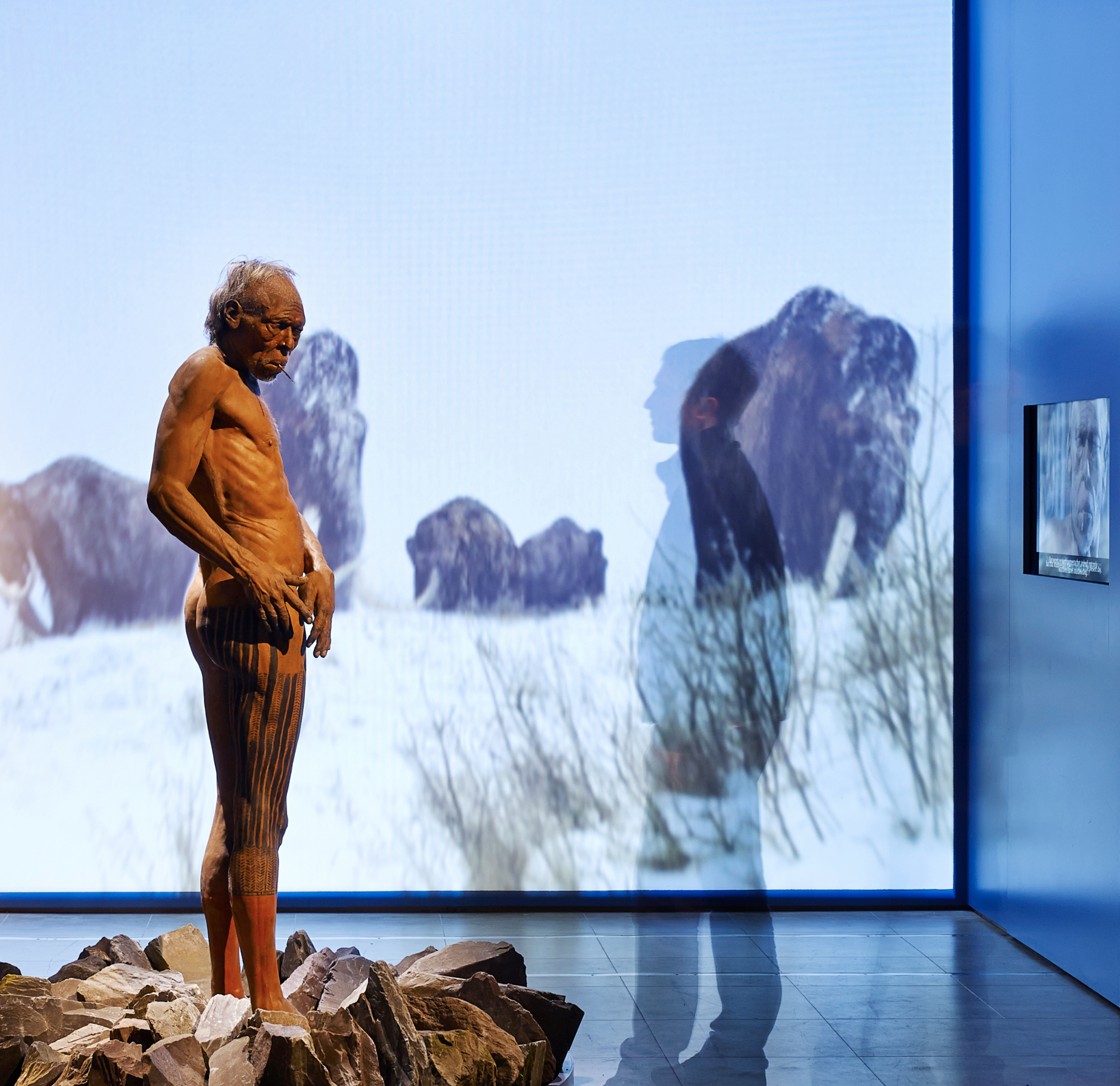Abandon the Text

What would happen if we abandoned printed text in museum spaces and exhibitions? Could it drive us to be more inventive? Might we create spaces that are more enjoyable?
The written printed word is a method of communicating that dominates most museum spaces. Text is simply a very effective way to express something, whether factual information or a narrative thread. But more often than not, the spaces that museums and exhibitions occupy are not ideal for reading. As a visitor, you will most likely be standing, probably surrounded by other people, general busyness and noise. So is it time for us to abandon the text?

I want you to imagine a museum space without any written printed words. No text labels, exhibition panels or descriptive captions. If you are in the business of making exhibitions, you might think it’s a radical idea, or at least a very impractical one. But the process of coming up with alternative ways to encourage audiences to understand and feel could force us to be more creative when making experiential spaces. It could drive us to make spaces that better cater for people whose learning preferences are more geared towards experiencing, listening, doing and seeing, and that don’t interrupt people’s experiential flow with panels and labels that you feel you should probably stop and read.

To convey ideas and understanding, and to stimulate responses, we would have to use other types of media and interpretive solutions. Scenic graphics, set works, theatricality, images, sound and AV can create atmosphere, but can also play an important part in getting across vital information. Say, for example, that we want people who come to an exhibition to appreciate that the place we today call Britain has not always been what we see today. During its deep past, going back hundreds of thousands of years, it was often radically different. Without using any text, we can conjure up an idea of these worlds by using scenic graphics, reconstruction images, set works, CGI footage, film and sound to set the scene of a different time. This set up is both atmospheric and immersive, but can also work hard to get content across by visually communicating what Britain was like in this deep past. Climate and landscape shift and change over time, sometimes dramatically. Sometimes it was incredibly cold, with large ice sheets covering most of the land, at other times, it was much warmer with lions and other exotic (at least to us today) animals roaming the land. Printed or projected maps show us that the shape of this island has changed constantly. Sometimes it wasn’t even an island. Images, sounds, audio descriptions and diagrams interpret collections and give them meaning and context.
The process of making interpretive spaces without information text would most likely lead us to create a very different kind of space. One that borrows from theatre and performance design, and that is more geared towards evoking emotion, encouraging us, even forcing us, to explore with all our senses, where design plays an important role in choregraphing an intuitive journey, naturally guiding us and directing our attention.

We recently worked with Wordsworth Grasmere to transform Dove Cottage, the former home of Romantic poet William Wordsworth. During the years he lived here with his young family, he wrote some of his most well-known and celebrated poetry. When you step into the cottage today, it feels incredibly special and we wanted to capture this feeling, creating an environment to be experienced, that evoked the feeling of an intimate lived-in home. Interpretive labels or panels would only break this magic.
Before you enter, a film starts to paint a picture – you know who lived here and get a sense of their lives. Throughout the cottage, you discover subtle clusters of things, fragments that speak of ordinary human experiences. A few crumbs on a plate, a nearly empty cup of tea, an open book left on a bed. A guide is present, but also lets you explore on your own. You hear fragments of sounds, as if coming from the next room or from outside – children playing or muffled conversations with a neighbour. You don’t need the printed words to understand what’s going on in here, nor do you need to understand absolutely everything that is around you to appreciate the value of the place.
So when you sit down to plan your next exhibition or interpretive museum project, perhaps consider whether you should abandon the text. It could drive you to come up with some exciting creative solutions.
